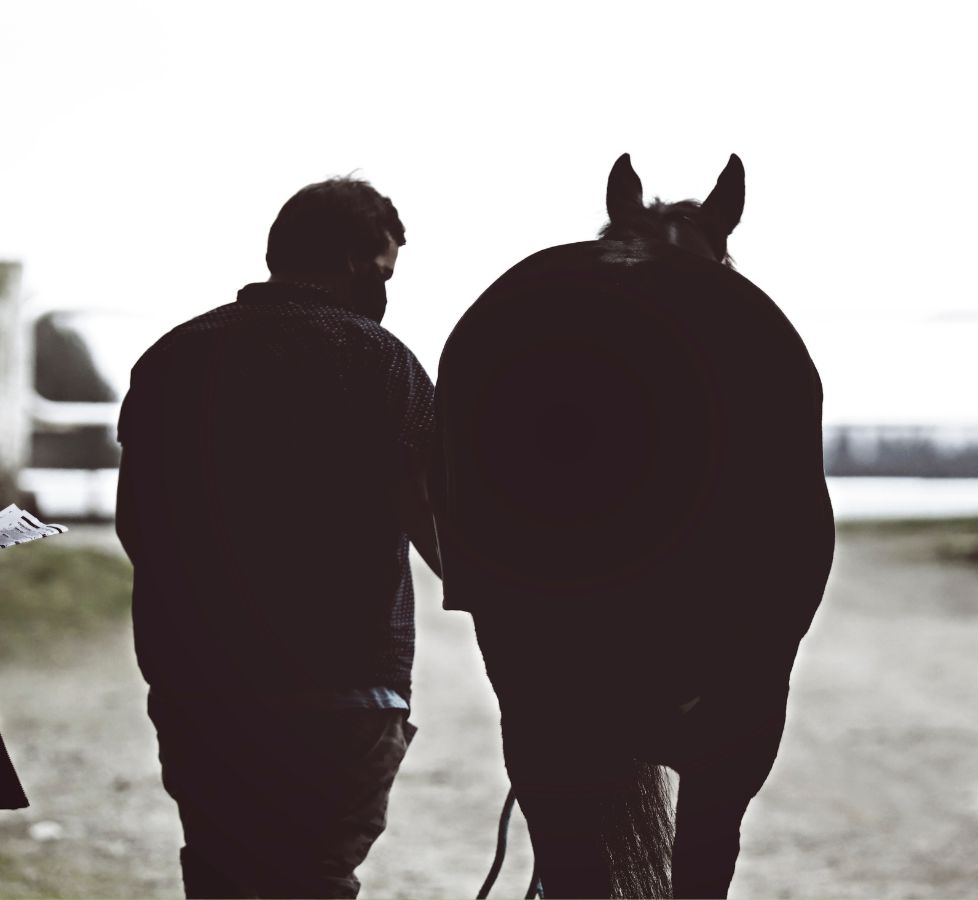Complete an Emergency Plan
In an emergency, being well-prepared is essential.
- Complete the NZTR Emergency Management Plan Here and keep it updated annually.
- Consider all scenarios regularly and think of your responses, be familiar with each plan and how that might impact your decisions during an emergency scenario.
- Call for help early.
Plan: It is essential to pack and be ready with both a home survival kit and a portable escape kit (examples below)
Feed: sufficient quantity and quality, that is easily accessible to allow all my horses to go untended for up to 5 days
- Dry roughage
- Grazing
- Pelleted feed stored in a dry place
Water: access to sufficient quality drinking water for up to 5 days per horse, especially where the water supply may be interrupted or access to drinking water hampered in natural disasters
- Water cans/ bins of water replaced every 4-6 months with fresh water
Identification: I can easily identify my horses and others will know who they belong to
- Microchip details and horse records
- Halters with ID tags/Neck ID tags
- Hoof markers or pastern ID tags
- Livestock markers or spray paint
First Aid: Minor injuries and illnesses can be managed without access to veterinary care.
- Access to First Aid kit and supply of current medications prescribed
- Spare halters and lead ropes
- Blanket/ rugs
- Farriers tools to remove horseshoes if required
Emergency contacts: I have emergency contacts for veterinarians and people who can help on hand and displayed. I have all horses’ veterinary records and ownership details accessible.
Emergency equipment: I have good tools and equipment ready to assist me and others helping me with emergency conditions i.e., trees down, broken fences, poor light or absent electricity, rubble or other hazards
- Chain saw/ hand saws and fuel
- Fencing materials, nails, hammer, other tools, safety gloves
- Torches/ head lamps and spare batteries
- Knife, heavy duty tape, baling twine, zip ties, shovel






